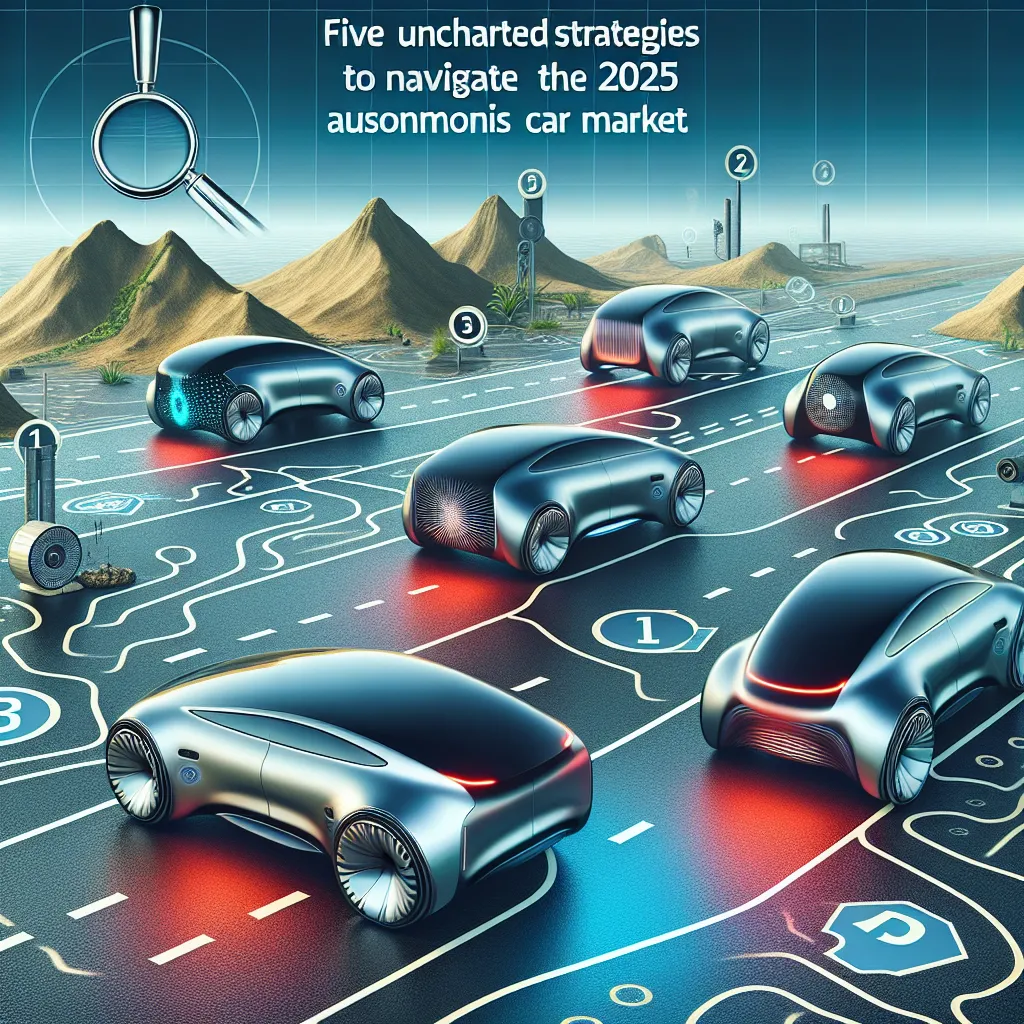Understanding Autonomous Technology
The first step is to understand what exactly autonomous technology entails. It's not just about a car that can park itself or stay within a lane. True autonomous vehicles will be capable of sensing their environment and operating without human involvement. Familiarize yourself with levels of autonomy, from semi-autonomous features like adaptive cruise control to fully autonomous vehicles that require no human intervention.
Evaluating Safety Measures
Safety is a paramount concern with autonomous vehicles. While these vehicles promise to reduce accidents caused by human error, it's crucial to understand the safety measures in place. This includes the vehicle's ability to handle sudden obstacles, poor weather conditions, and system failures. Always research the safety records of different manufacturers and models.
Assessing Legal and Insurance Implications
As autonomous vehicles become more mainstream, they bring new legal and insurance challenges. You'll need to understand who is liable in the event of an accident and how insurance premiums might be affected. It's worth consulting with a legal expert or an insurance provider who understands the intricacies of autonomous vehicles.
Considering Infrastructure Compatibility
Not all areas are equipped for autonomous vehicles. For example, these vehicles rely heavily on clear road markings and signs, which may not be present in all locations. You'll need to consider your regular routes and whether your local infrastructure is compatible with autonomous driving.
Factoring in Costs
Autonomous technology can significantly increase a vehicle's price. However, keep in mind the potential long-term savings, such as reduced fuel consumption, lower insurance premiums, or less frequent repairs due to safer driving. It's crucial to consider your budget and weigh these potential savings against the initial costs.
Conclusion
Navigating the 2025 autonomous car market may seem like a daunting task, but with the right strategies, you can confidently ride the wave of this revolution. Understand the technology, consider safety, assess legal implications, evaluate infrastructure compatibility, and factor in costs. Stay informed, stay prepared, and embrace the future of driving.
